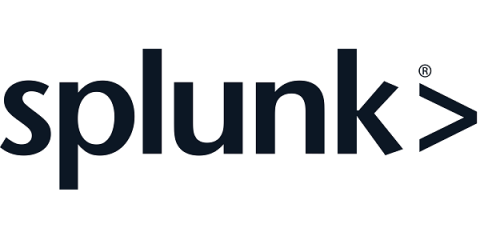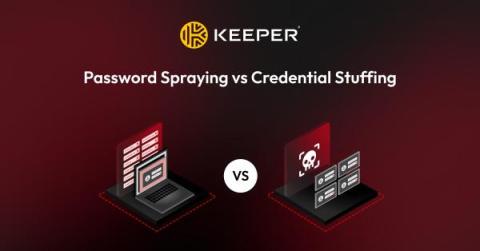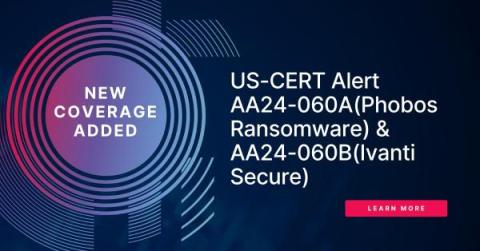Email-Based Cyber Attacks Increase 222% as Phishing Dominates as the Top Vector
Analysis of the second half of 2023 shows attackers are getting more aggressive with email-based phishing attacks in both frequency and execution. Until there’s a catch-all way to stop malicious emails from being an effective means of initial attack, phishing will continue to grow as the primary initial attack vector for cybercriminals.









